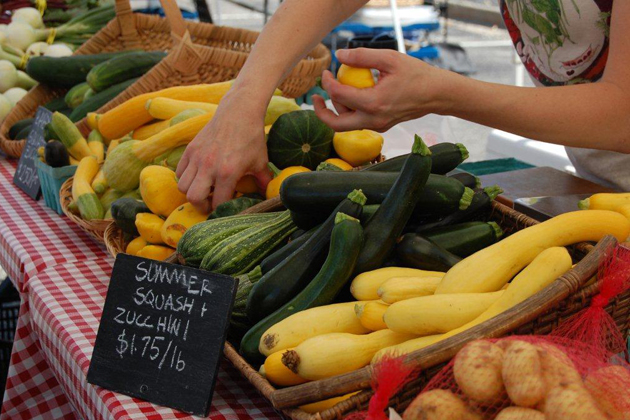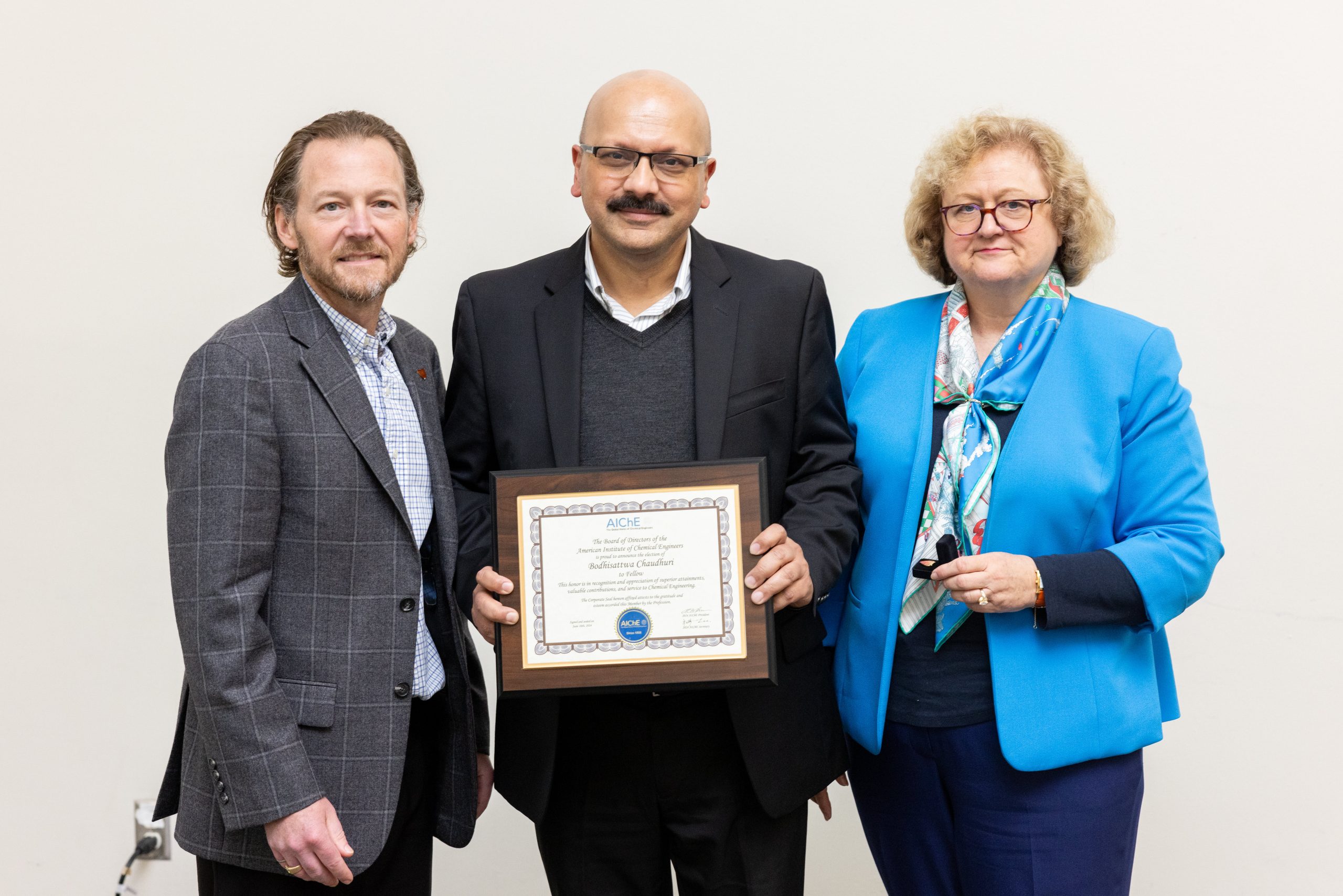In January, as one of the first major initiatives of the Academic Vision, the Rudd Center for Food Policy and Obesity will move to UConn from Yale University. The move will allow Rudd faculty to expand their work and build new collaborations with UConn experts on nutrition, public policy, psychology, agriculture, economics and obesity. Every Wednesday throughout this semester, read about the cutting-edge work spearheaded by UConn and Rudd investigators. Read more articles.
For many low-income families, eating healthy is not about access to food but about access to the right kinds of food within their budgets. One obesity researcher is studying how to change that.

Tatiana Andreyeva, associate research professor of agricultural and resource economics in the College of Agriculture, Health, and Natural Resources, is investigating the effectiveness of financial incentives to purchase fresh produce at farmers markets by participants in the Supplemental Nutrition Assistance Program (SNAP, more commonly known as Food Stamps).
“We know that consumption of fruits and vegetables among SNAP participants is much lower than recommended levels,” said Andreyeva, who leads economic initiatives at the Rudd Center for Food Policy and Obesity. “One way to encourage SNAP participants to buy more fruits and vegetables is by reducing the cost of procuring them.”
Under the current federal farm bill, the Agricultural Act of 2014, programs that provide fruit and vegetable purchasing incentives to SNAP participants are eligible for $100 million in grants over the next five years through the U.S. Department of Agriculture.
Funding will enable SNAP participants to double their purchasing power when they buy produce at farmers markets. For example, someone using $10 in SNAP benefits would have $20 in purchasing power, essentially doubling the purchase amount of healthy foods, according to Andreyeva.
“And when we’re talking about farmers markets, we’re also helping local farmers,” she said.
With the new funding authorized by the farm bill, there’s a lot of potential to expand these types of programs nationwide, according to Andreyeva.
“We’re looking at a lot of programs around the country, how sales change and how consumption changes.”
In addition to economic incentives, Andreyeva is looking at changes in the Special Supplemental Nutrition Program for Women, Infants, and Children (WIC), which provides low-income mothers and their children up to age 5 with healthy food, nutrition education, and medical referrals.
Using data from a New England supermarket chain, she is evaluating the impact of 2007 changes in WIC food packages on food purchases among WIC participants.
The data from the grocery chain categorizes households based on the use of WIC vouchers without identifying the purchasers. From that information, researchers already know that the WIC food package revisions resulted in increased purchases of fruits and vegetables and whole grains, and less buying of fruit juice and whole milk, said Andreyeva.
Now she is determining the effect on all food purchases among WIC participants.
“On one hand we know they’re buying more fruits and vegetables, which is good, but they also may be buying more unhealthy foods,” said Andreyeva. “There might be an indirect effect, a ‘spillover,’ as economists say, that comes from policy change, which we want to evaluate.”
Andreyeva has been researching the economic issues surrounding obesity and food policy since 2002, and at the Rudd Center since 2006. Before joining Rudd she worked at the RAND Corporation on a variety of health policy issues, including health promotion, retirement behavior, health care systems, obesity, and mental health.



